Table of Contents
ToggleSources
- https://www.archives.gov/historical-docs/13th-amendment
The National Archives provides the original text of the 13th Amendment, along with historical context and ratification details, making it an authoritative source. - https://www.history.com/topics/black-history/thirteenth-amendment
History.com offers a comprehensive overview of the 13th Amendment, including its historical background, the role of Abraham Lincoln, and its impact on American society. - https://www.loc.gov/rr/program/bib/ourdocs/13thamendment.html
The Library of Congress provides primary sources and detailed historical information about the 13th Amendment, including its passage and ratification process. - https://www.britannica.com/topic/Thirteenth-Amendment
Encyclopaedia Britannica offers an in-depth analysis of the 13th Amendment, its significance, and its role in the Reconstruction era, backed by scholarly research. - https://www.pbs.org/wgbh/americanexperience/features/lincolns-thirteenth-amendment/
PBS provides a detailed account of Abraham Lincoln's role in the passage of the 13th Amendment, including historical documents and expert commentary.
Key Points
- The 13th Amendment, ratified on December 6, 1865, abolished slavery and involuntary servitude in the United States.
- It was the first of three Reconstruction Amendments following the American Civil War.
- Slavery was deeply rooted in the U.S., especially in the South, where slaves were legally considered property.
- Growing opposition to slavery in the North was fueled by westward expansion and debates over slavery in new territories.
- The Mexican-American War and subsequent territorial acquisitions intensified conflicts over slavery.
- Abraham Lincoln's election in 1860 and his Emancipation Proclamation in 1862 were pivotal in the fight against slavery.
- The 13th Amendment was passed by Congress in February 1865 and ratified by the required 27 states by December 1865.
- Mississippi was the last state to ratify the amendment, doing so in 1995.
- The 13th Amendment marked a milestone in the fight for equal rights, but African Americans continued to face systemic oppression.
- The Civil Rights Movement and modern movements like Black Lives Matter highlight ongoing struggles for racial equality.
Summary
The 13th Amendment, ratified in 1865, abolished slavery and involuntary servitude in the U.S., marking a pivotal moment in post-Civil War Reconstruction. Sparked by growing anti-slavery sentiment and Abraham Lincoln's leadership, its passage faced resistance, with Mississippi being the last state to ratify it in 1995. While the amendment ended legal slavery, systemic inequalities persisted, leading to ongoing civil rights movements like Black Lives Matter.
What Was the Thirteenth Amendment?
The 13th Amendment was ratified on December 6, 1865 and effectively abolished slavery and involuntary servitude in the United States. It ranks as the first of three Reconstruction Amendments in the wake of the American Civil War.

Historical Background
Slavery had been present in the American colonies before independence. There had been domestic slaves in the northern colonies, but the southern colonies used slaves to work the plantations as laborers and domestically.
The United States Constitution did not refer to slaves but did use the term ‘unfree persons.’

Slaves were legally regarded as property and could be legally bought and sold. In the Southern states, the slave population grew over the first half of the nineteenth century, and there were around 4 million by 1861.
Growing opposition to slavery
In the North, abolitionists reflected a growing mood opposing slavery. This happened when the United States government was expanding its territories westward at a rapid rate.
This expansion begged the question of whether slavery was going to be allowed in the new territories being populated by pioneers across the Midwest.

The Mexican-American War brought new territory under US control, and action was needed to prevent conflict over the slavery issue.
California entered the Union as a slavery-free state, as did Maine. Missouri was allowed to join as a slave state, but all the territory acquired from Mexico was left in limbo.
Eventually, they were allowed to decide for themselves. Slave ownership and trade was forbidden in Washington DC. Tensions between North and South rose regardless of attempts to defuse the situation.
The Role of President Abraham Lincoln and the Civil War
Then in 1860, President Abraham Lincoln, a critic of slavery, brought matters to a head. In the months after his election, the Southern states seceded and formed the Confederate States of America. The American Civil War between the North and South ensued.

Get Smarter on US News, History, and the Constitution
Join the thousands of fellow patriots who rely on our 5-minute newsletter to stay informed on the key events and trends that shaped our nation's past and continue to shape its present.
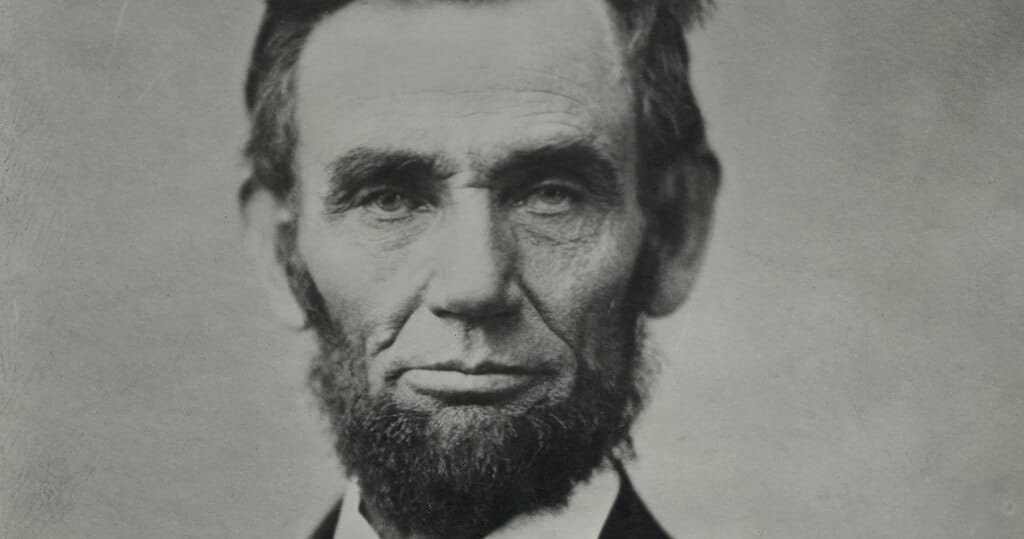
In 1862 President Lincoln made the Emancipation Proclamation which banned slavery in the Southern states.
Another proclamation followed, offering amnesty to those Southern states that abolished slavery and peacefully re-joined the Union. There were no takers.
Passing the 13th Amendment
Over the next two years, various proposals for a Constitutional Amendment were made, but none were acceptable.
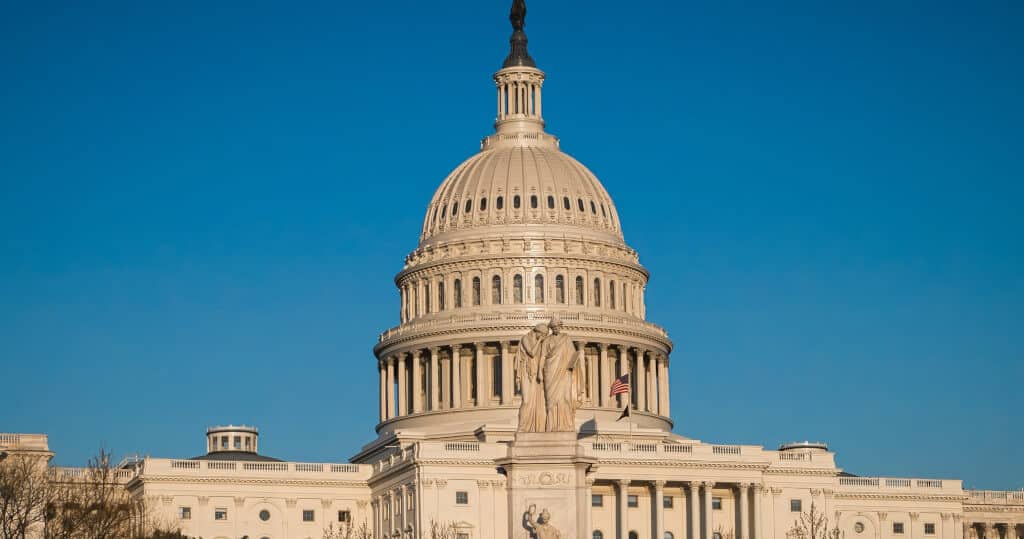
Lincoln won re-election in 1864 and made the passage of the 13th Amendment his top priority. It passed Congress and was sent to the states for ratification in February 1865.
Twenty-seven states were required to ratify for the amendment to be passed. At the time, there were 36 states, and the Northern states were quick to ratify.

The 27th state to ratify was Georgia in December, which enabled the amendment to be adopted. The last of the 36 states to ratify the amendment was Mississippi, which did so in 1995.
The Abolition Amendment and the Road to Equality
The 13th Amendment was quite straightforward in its abolition of slavery and the slave trade. It was a milestone along the road to equal rights for every African American.
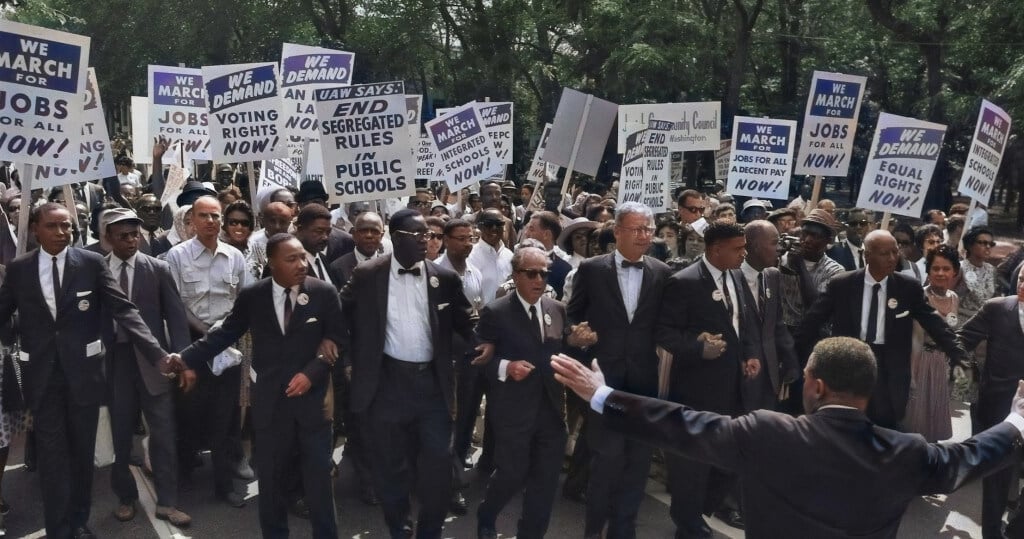
Unfortunately, there were many other ways in which former slaves and black people generally could be kept in servitude. It took another century before the Civil Rights movement could progress on this issue.
Even today, the Black Lives Matter movement is still pressing for equal rights for black Americans and outlawing the unnecessary use of violence against them.
The 13th Amendment to the United States Constitution Explained Quiz
Frequently Asked Questions
What was the 13th Amendment and when was it ratified?
What role did President Abraham Lincoln play in the abolition of slavery?
How did the 13th Amendment impact the United States?
Which state was the last to ratify the 13th Amendment and when?
What were some of the challenges faced after the abolition of slavery?
How useful was this post?
Click on a star to rate it!
Average rating / 5. Vote count:
No votes so far! Be the first to rate this post.
We are sorry that this post was not useful for you!
Let us improve this post!
Tell us how we can improve this post?
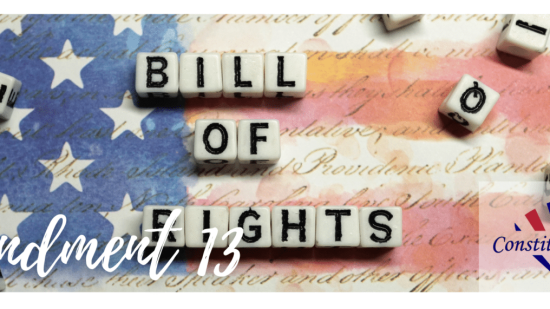
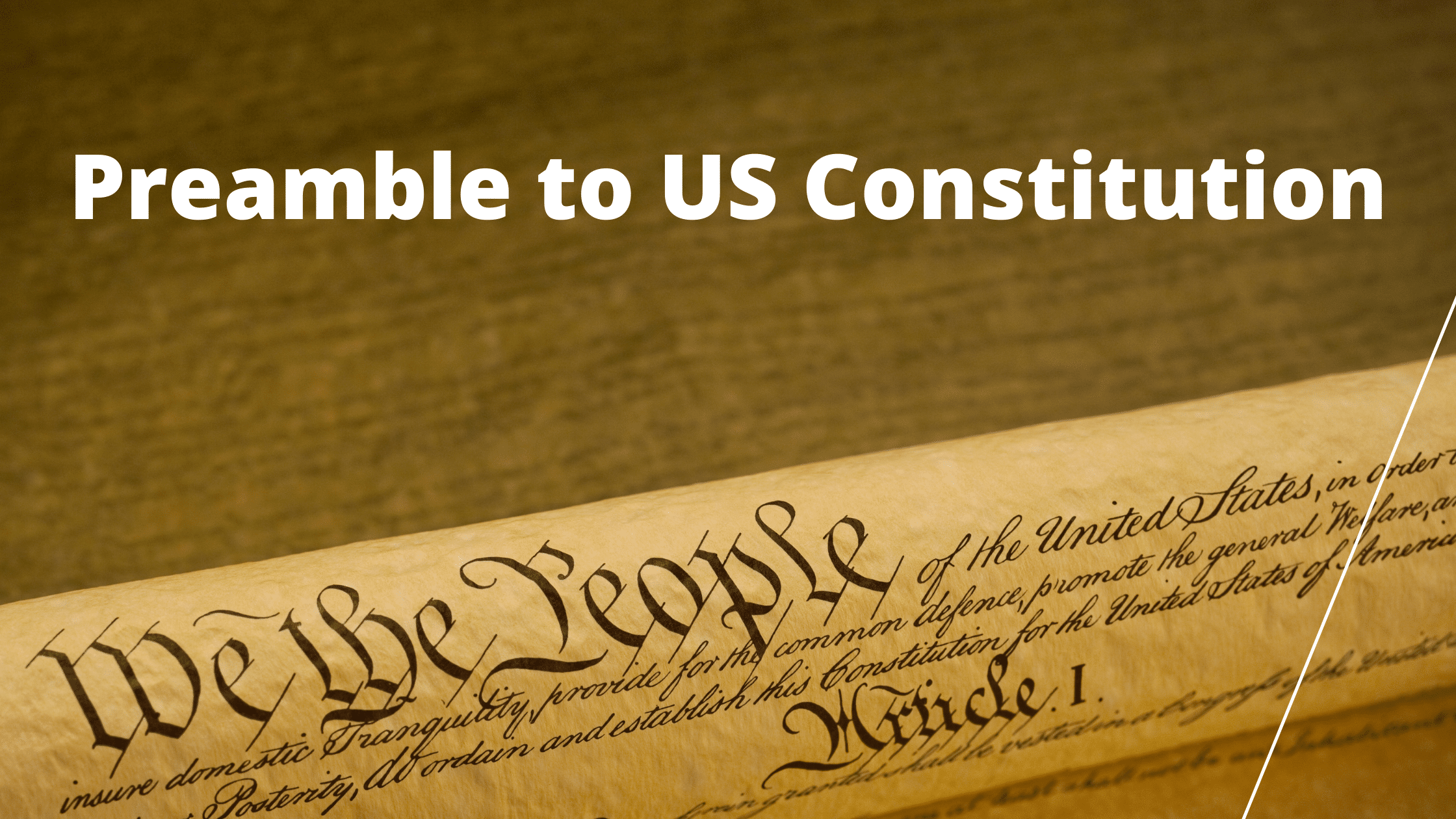
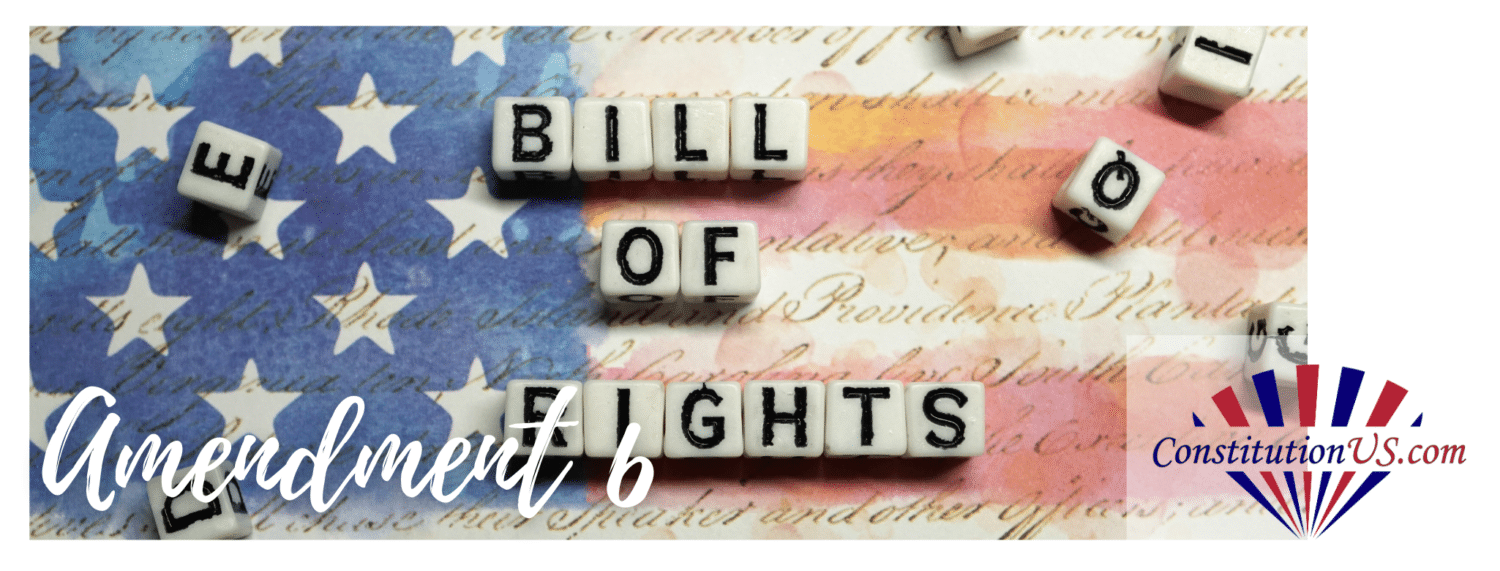
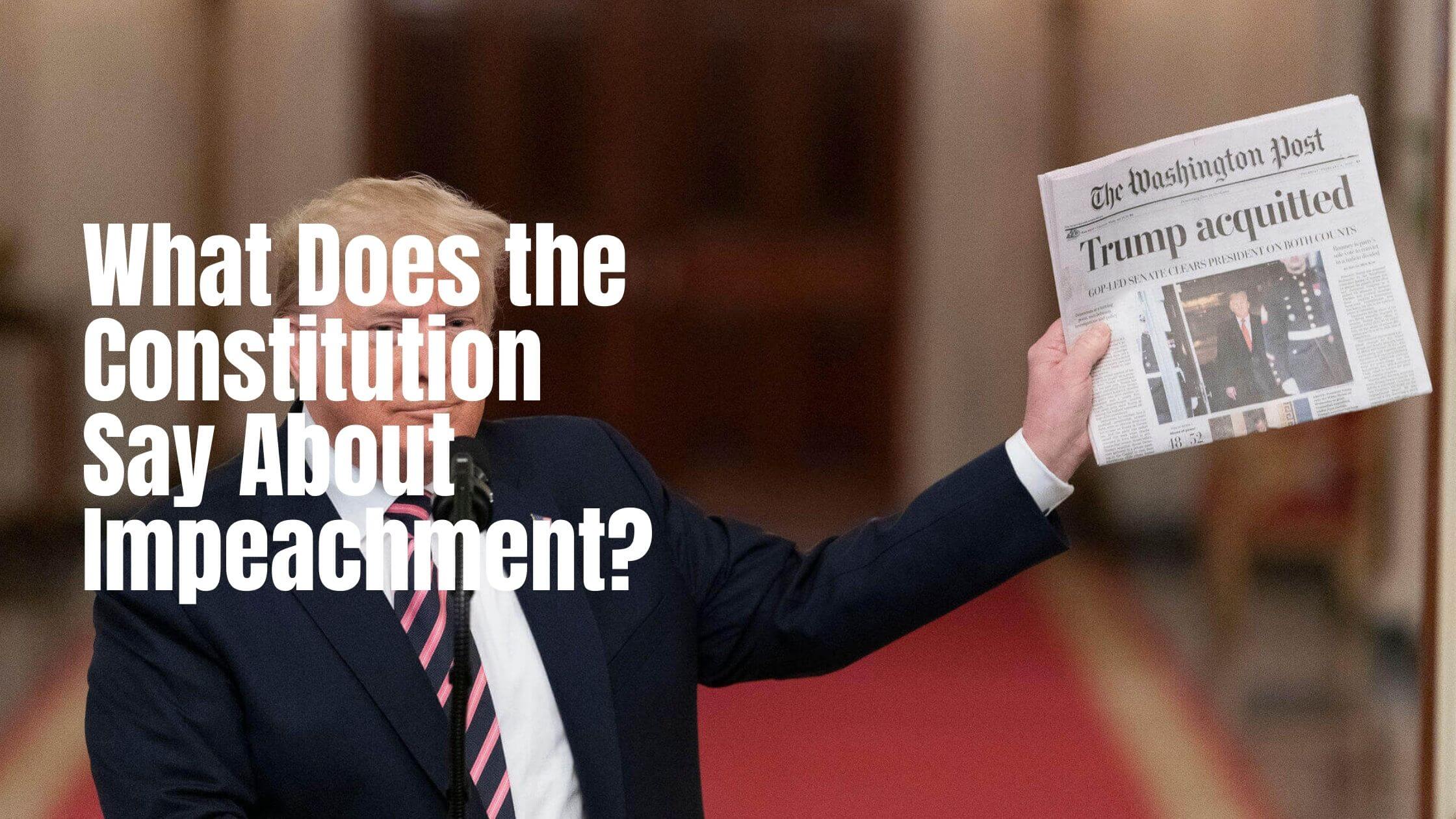
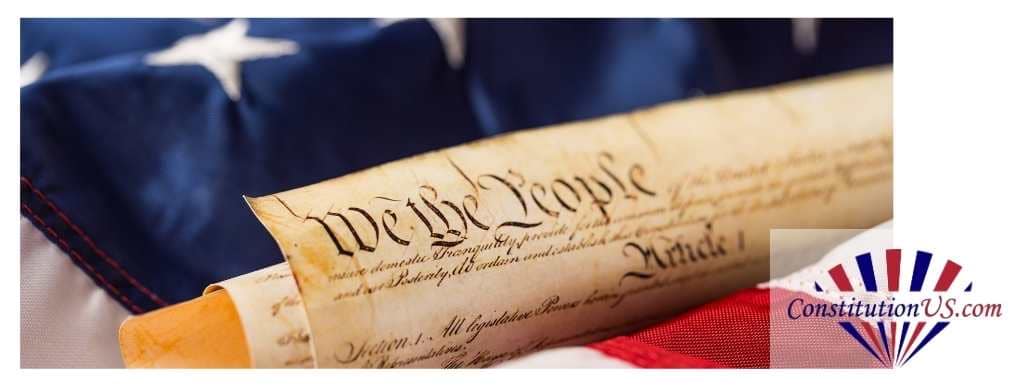
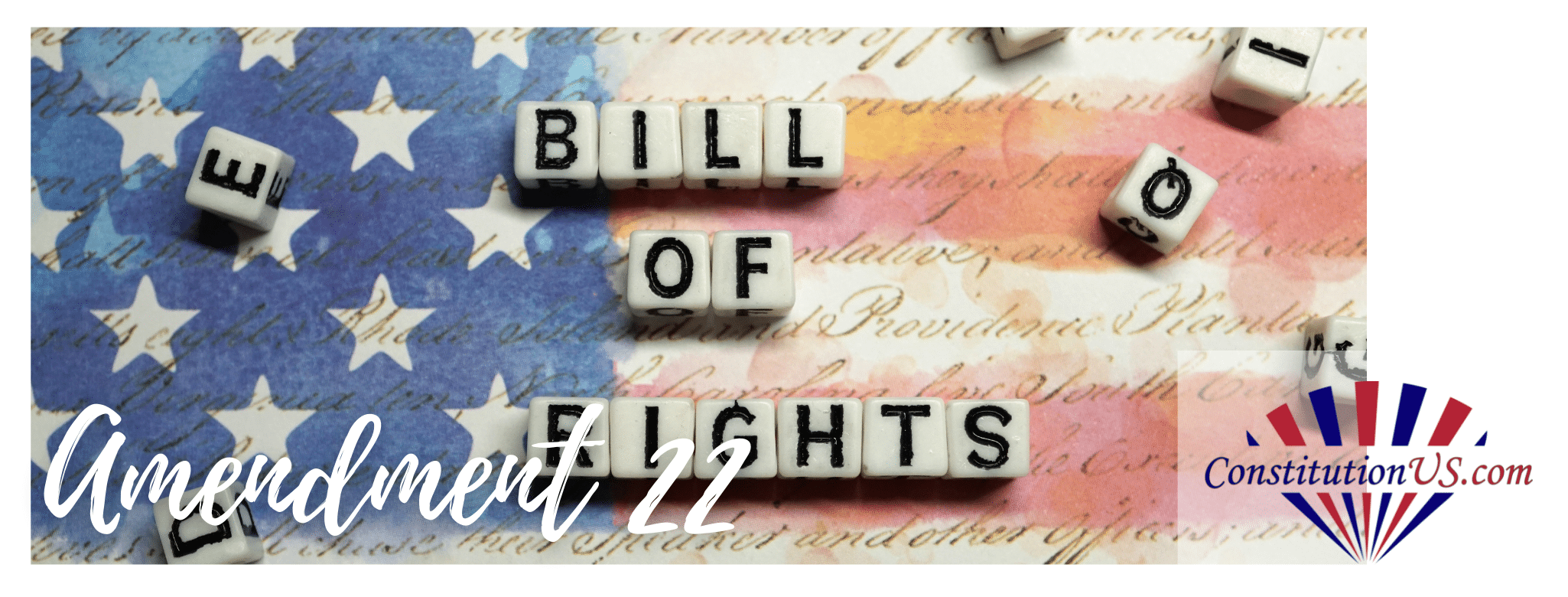
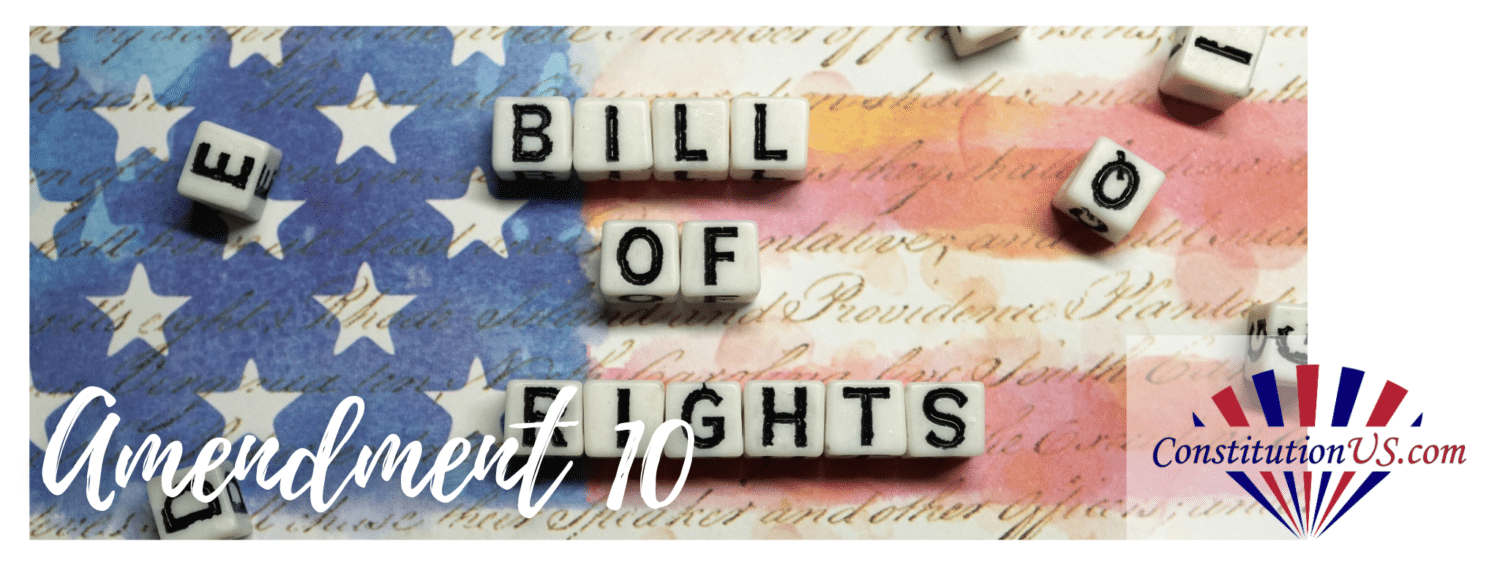
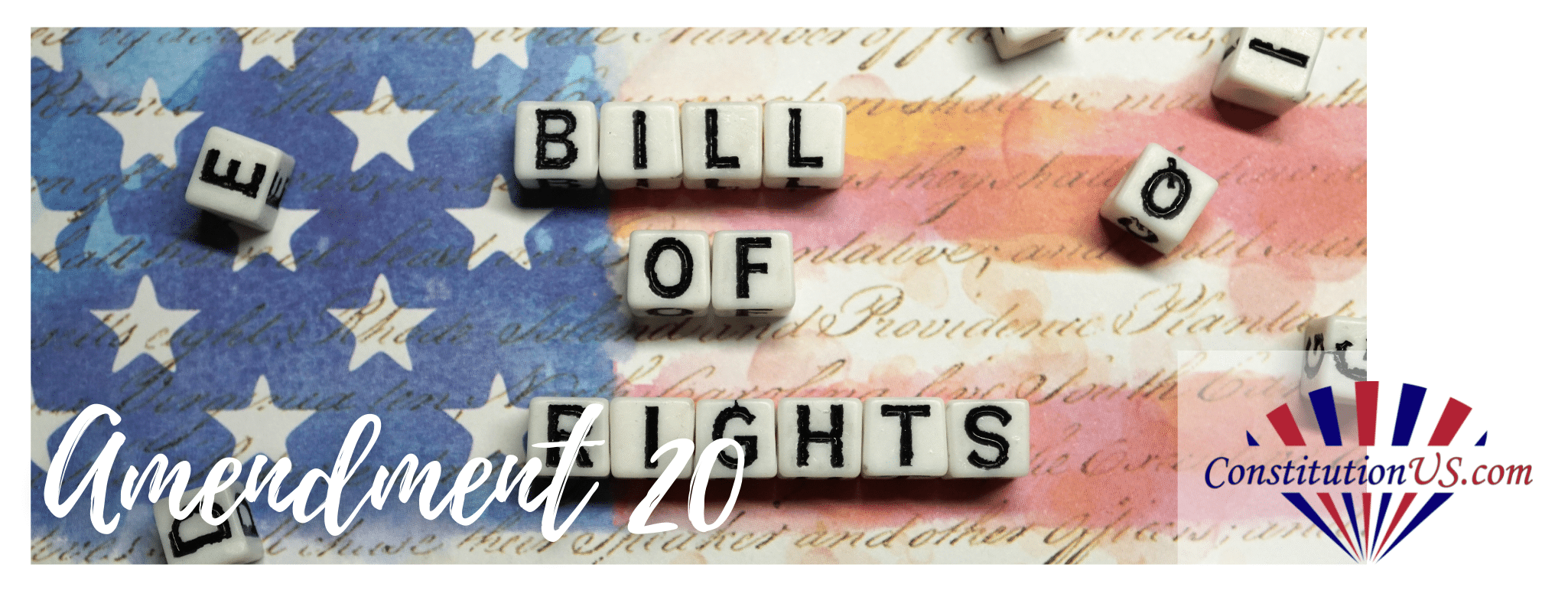
2 Responses
stand up and do what is good for the future!
The MINORITY referred to the INDIVIDUAL!